Home>Technology>Smart Home Devices>What Printer Do I Need For Sublimation
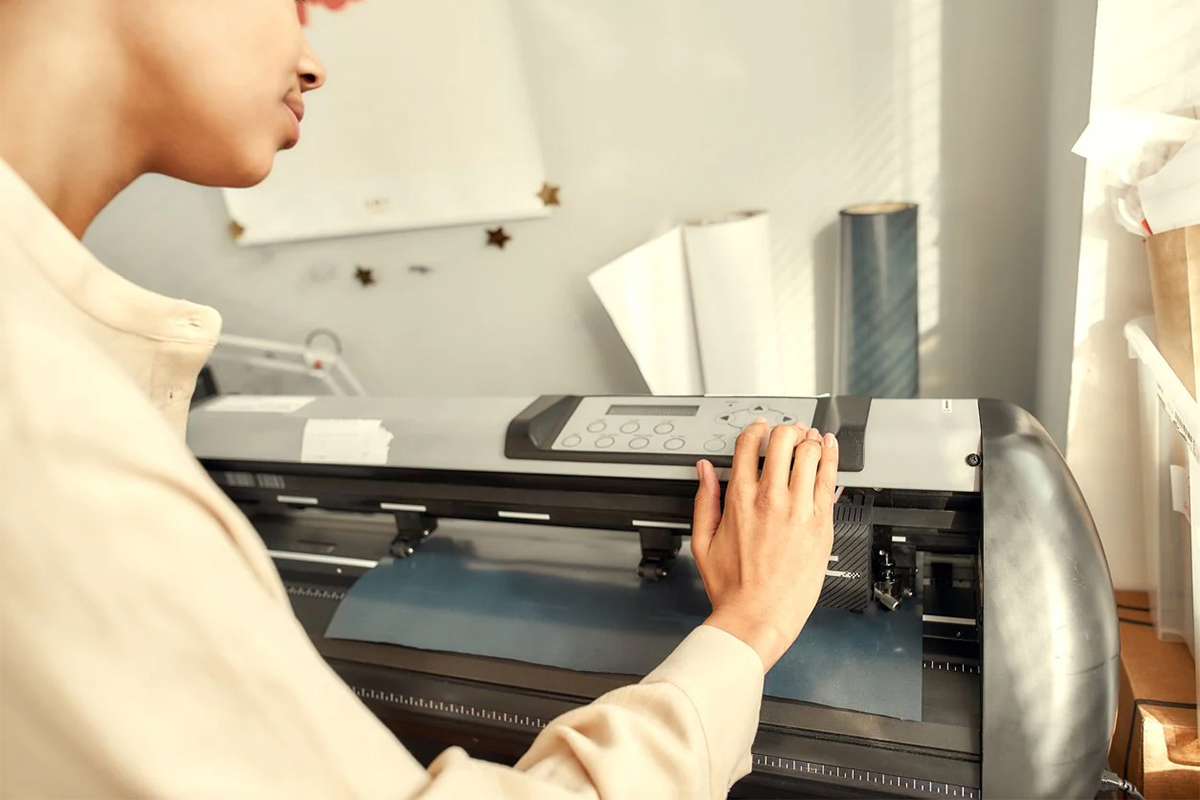

Smart Home Devices
What Printer Do I Need For Sublimation
Modified: January 14, 2024
Find the perfect sublimation printer for your smart home devices with our comprehensive guide. Choose the best printer for your sublimation needs.
(Many of the links in this article redirect to a specific reviewed product. Your purchase of these products through affiliate links helps to generate commission for Storables.com, at no extra cost. Learn more)
Introduction
Welcome to the world of sublimation printing, where vibrant colors and durable prints come together to create stunning, long-lasting images. Whether you’re a hobbyist looking to personalize your creations or a professional seeking high-quality output, choosing the right sublimation printer is crucial to achieving your desired results.
In this comprehensive guide, we’ll delve into the intricacies of sublimation printing and explore the various types of sublimation printers available. Additionally, we’ll discuss the key factors to consider when selecting the ideal sublimation printer for your specific needs.
By the end of this article, you’ll have a solid understanding of the different sublimation printing options and the essential features to look for in a sublimation printer. So, let’s embark on this journey into the world of sublimation printing and unravel the mysteries behind choosing the perfect printer for your sublimation projects.
Key Takeaways:
- Sublimation printing offers vibrant, long-lasting prints by transforming dye into a gas that embeds into materials. It’s ideal for personalized apparel, promotional products, and photographic prints.
- When choosing a sublimation printer, consider factors like print size, color accuracy, substrate compatibility, ease of use, and long-term durability. Make an informed decision to unleash your creativity and produce stunning, long-lasting prints.
Read more: What Printer Cartridge Do I Need
Understanding Sublimation Printing
Sublimation printing is a unique process that allows for the transfer of full-color images onto a variety of substrates, such as textiles, ceramics, and metals. Unlike traditional printing methods that rely on ink sitting on the surface of the material, sublimation printing uses heat and pressure to transform solid dye particles into a gas, which then permeates the substrate’s fibers or coating. Upon cooling, the gas reverts to a solid state, permanently embedding the image into the material.
One of the key advantages of sublimation printing is its ability to produce vibrant, high-resolution prints with exceptional color accuracy. Since the dye becomes part of the substrate at a molecular level, the resulting images are not only vivid and sharp but also highly resistant to fading, cracking, or peeling. This makes sublimation prints ideal for applications that require long-lasting, professional-quality results, such as personalized apparel, promotional products, and photographic prints.
Furthermore, sublimation printing offers the flexibility to create custom designs without the limitations of traditional color palettes. With sublimation, you can reproduce intricate gradients, photographic images, and unlimited hues, opening up a world of creative possibilities for your printing projects.
It’s important to note that sublimation printing is specifically tailored for materials with a polyester coating or high polyester content. This is because the dye sublimation process relies on the polyester’s affinity for the sublimation inks. As a result, the best results are achieved when sublimating onto polyester-based fabrics or specially coated items designed for sublimation printing.
Now that we’ve gained a foundational understanding of sublimation printing, let’s explore the different types of sublimation printers available and the unique features that set them apart.
Types of Sublimation Printers
When it comes to sublimation printing, there are primarily two types of printers that are commonly used: desktop sublimation printers and wide-format sublimation printers. Each type offers distinct advantages and is suited for different printing applications.
Desktop Sublimation Printers
Desktop sublimation printers are compact, entry-level devices designed for small to medium-scale sublimation projects. These printers are ideal for individuals, hobbyists, and small businesses seeking to create personalized items such as mugs, phone cases, and apparel. They typically utilize dye sublimation ink cartridges and are compatible with standard-sized sublimation paper, making them convenient for producing custom prints on a variety of substrates.
One of the key benefits of desktop sublimation printers is their affordability and ease of use. They are often equipped with user-friendly software and intuitive controls, making them accessible to beginners and experienced users alike. Additionally, these printers offer relatively quick setup and can produce high-quality, detailed prints with vibrant colors, making them suitable for a wide range of creative projects.
Wide-Format Sublimation Printers
Wide-format sublimation printers are designed for larger-scale production and are commonly used by professional printing businesses, textile manufacturers, and commercial design studios. These printers are capable of accommodating wider rolls of sublimation paper and can produce prints on larger substrates, such as banners, signage, and fabric panels.
One of the primary advantages of wide-format sublimation printers is their ability to handle high-volume printing with precision and efficiency. They are equipped with advanced print heads and ink delivery systems, enabling them to produce large, seamless prints with exceptional detail and color accuracy. Additionally, wide-format printers offer versatility in terms of substrate compatibility, allowing for the creation of custom designs on an extensive range of materials.
Whether you’re looking to start a small sublimation printing venture or expand your existing production capabilities, choosing the right type of sublimation printer is essential for achieving your desired output. With a clear understanding of the available options, you can make an informed decision based on your specific printing requirements and business goals.
Read more: What Can I Make With A Sublimation Printer
Factors to Consider When Choosing a Sublimation Printer
When selecting a sublimation printer, several key factors should be taken into account to ensure that it aligns with your printing needs and business objectives. By evaluating these essential considerations, you can make an informed decision and invest in a printer that will deliver high-quality results and optimal performance.
Print Size and Volume
Determine the typical print sizes and production volume required for your projects. If you primarily work with small to medium-sized prints and have moderate printing demands, a desktop sublimation printer may suffice. However, if you anticipate the need for larger prints or high-volume production, a wide-format sublimation printer would be more suitable for accommodating your requirements.
Color Accuracy and Resolution
Assess the printer’s color accuracy and resolution capabilities, as these factors are crucial for achieving vibrant, detailed prints. Look for printers with advanced print heads and dye sublimation inks that can reproduce a wide color gamut and deliver sharp, true-to-life images. High-resolution printing is especially important for applications such as photography, graphic design, and product branding.
Substrate Compatibility
Consider the types of substrates you intend to print on and ensure that the chosen printer is compatible with the materials you’ll be using. Whether it’s polyester-based fabrics, ceramic tiles, or metal panels, verifying the printer’s substrate compatibility will ensure that you can create diverse, customized prints across various surfaces.
Read more: What Is A Sublimation Printer
Ease of Use and Software Integration
Evaluate the user-friendliness of the printer and its compatibility with sublimation printing software. Intuitive controls, seamless software integration, and reliable technical support can significantly impact your printing experience, especially if you’re new to sublimation printing or require streamlined workflows for your projects.
Long-Term Durability and Maintenance
Consider the long-term durability and maintenance requirements of the printer. Look for models that are built to withstand continuous use and offer easy maintenance procedures, such as ink cartridge replacement and printhead cleaning. Additionally, assess the availability of genuine replacement parts and technical support to ensure the longevity of your investment.
Cost and Return on Investment
Weigh the initial investment cost against the potential return on investment. While affordability is important, it’s equally essential to consider the printer’s overall value in terms of print quality, production efficiency, and the potential for expanding your printing capabilities to meet evolving market demands.
By carefully considering these factors and conducting thorough research on available sublimation printers, you can confidently select a printer that aligns with your specific printing requirements and empowers you to create professional, customized prints with precision and reliability.
Conclusion
Embarking on the journey of sublimation printing opens up a world of creative possibilities, allowing you to transform ordinary substrates into vibrant, personalized works of art. As we’ve explored the intricacies of sublimation printing and the various types of sublimation printers, it’s evident that choosing the right printer is a pivotal decision that directly influences the quality and scope of your printing endeavors.
Whether you opt for a compact desktop sublimation printer tailored for small-scale projects or invest in a wide-format printer capable of producing large, high-volume prints, the key lies in aligning the printer’s features with your specific printing needs and business objectives. From color accuracy and substrate compatibility to long-term durability and return on investment, each factor plays a crucial role in shaping your printing experience and the quality of your output.
It’s essential to approach the selection process with a blend of practical considerations and creative vision, ensuring that the chosen sublimation printer not only meets your immediate printing requirements but also has the potential to grow alongside your creative pursuits and entrepreneurial endeavors. By prioritizing factors such as print size and volume, color accuracy, substrate compatibility, ease of use, maintenance, and overall value, you can make an informed decision that empowers you to unleash your creativity and produce stunning, long-lasting prints.
As technology continues to advance and the demand for personalized, high-quality prints evolves, the world of sublimation printing stands as a gateway to innovation and artistic expression. With the right sublimation printer as your ally, you have the power to breathe life into your designs, elevate your brand, and delight your customers with captivating, custom creations that leave a lasting impression.
So, as you embark on your sublimation printing journey or seek to enhance your existing capabilities, may your chosen sublimation printer be the catalyst for turning your creative visions into tangible, awe-inspiring works of art.
Frequently Asked Questions about What Printer Do I Need For Sublimation
Was this page helpful?
At Storables.com, we guarantee accurate and reliable information. Our content, validated by Expert Board Contributors, is crafted following stringent Editorial Policies. We're committed to providing you with well-researched, expert-backed insights for all your informational needs.

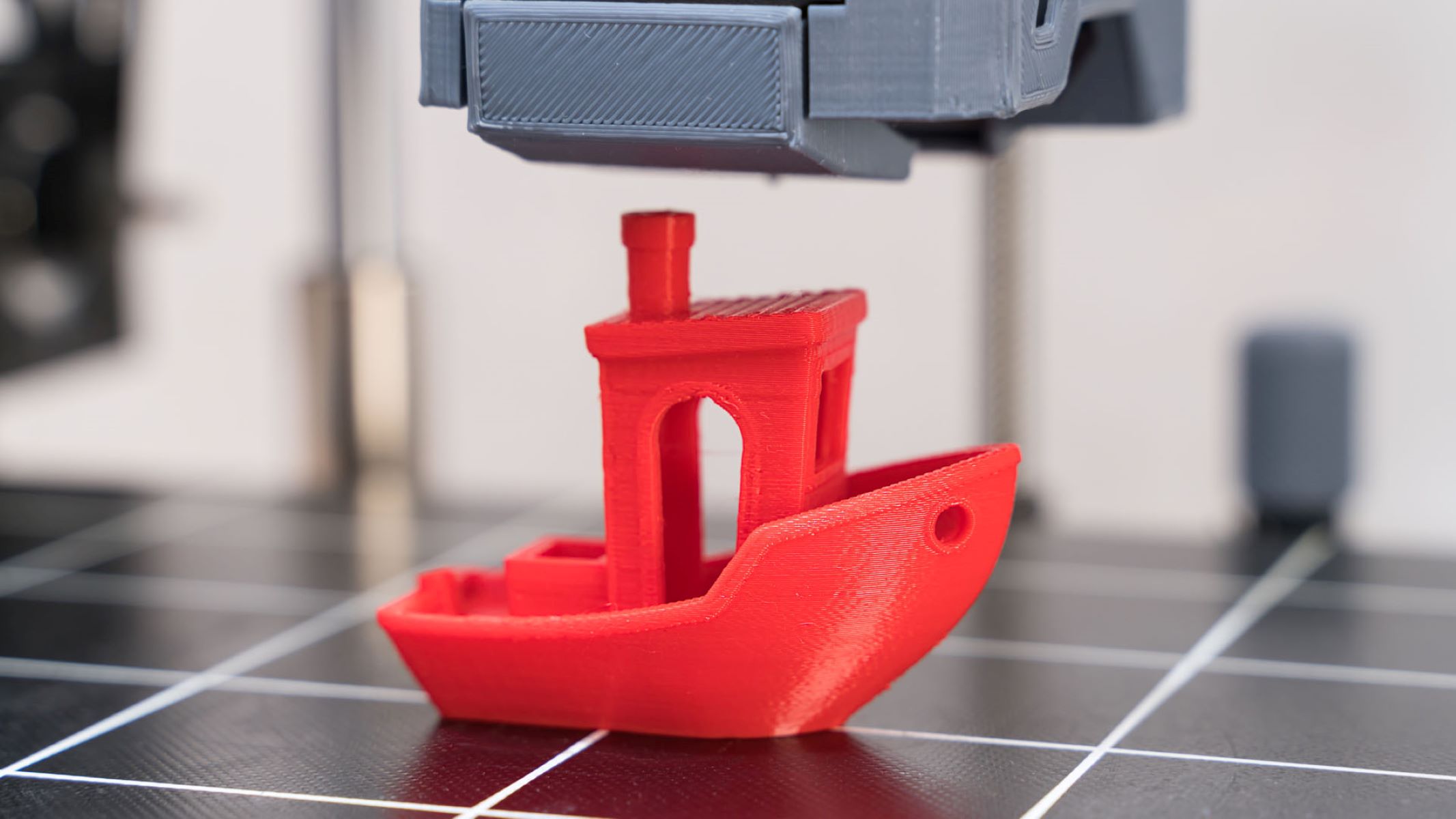
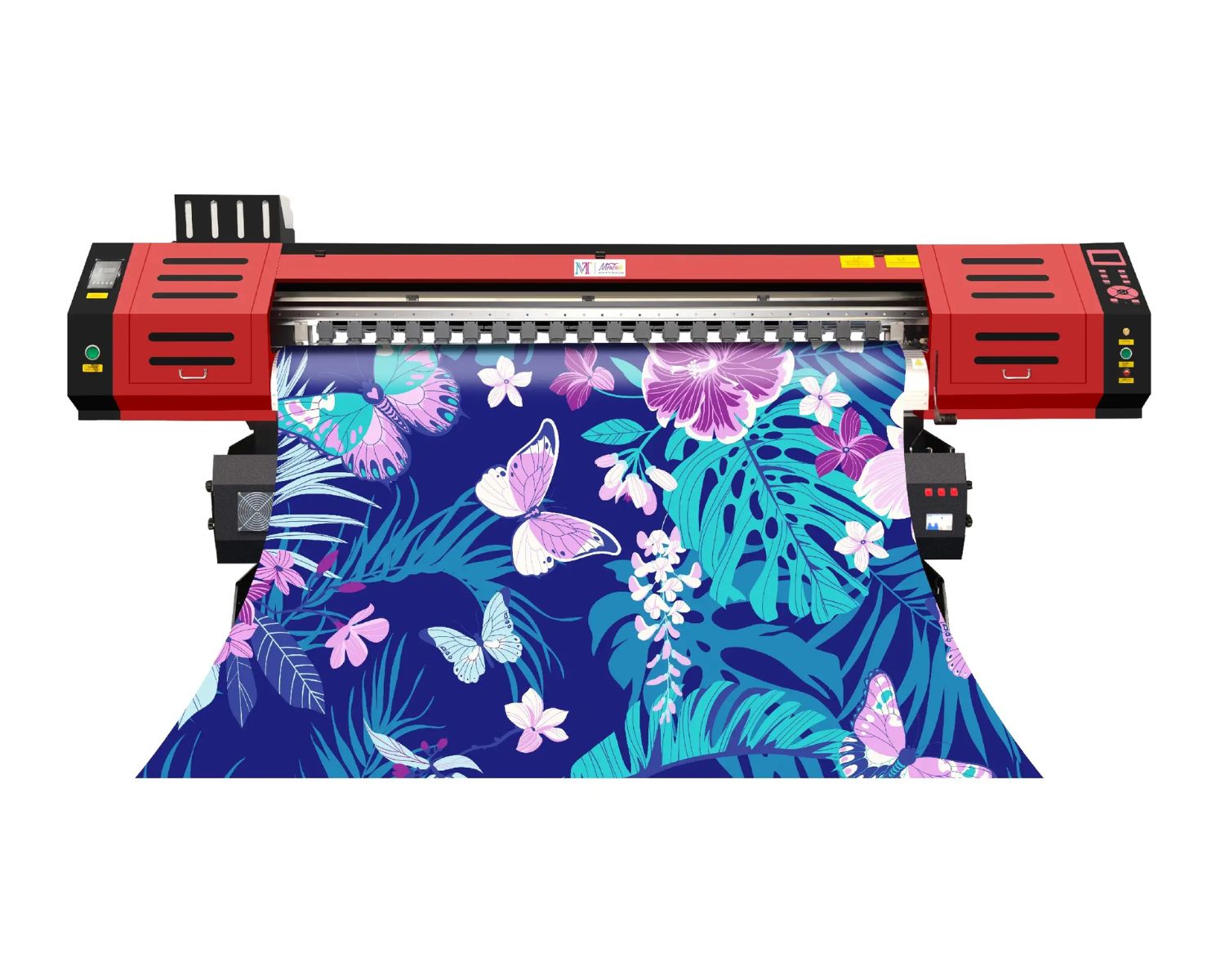
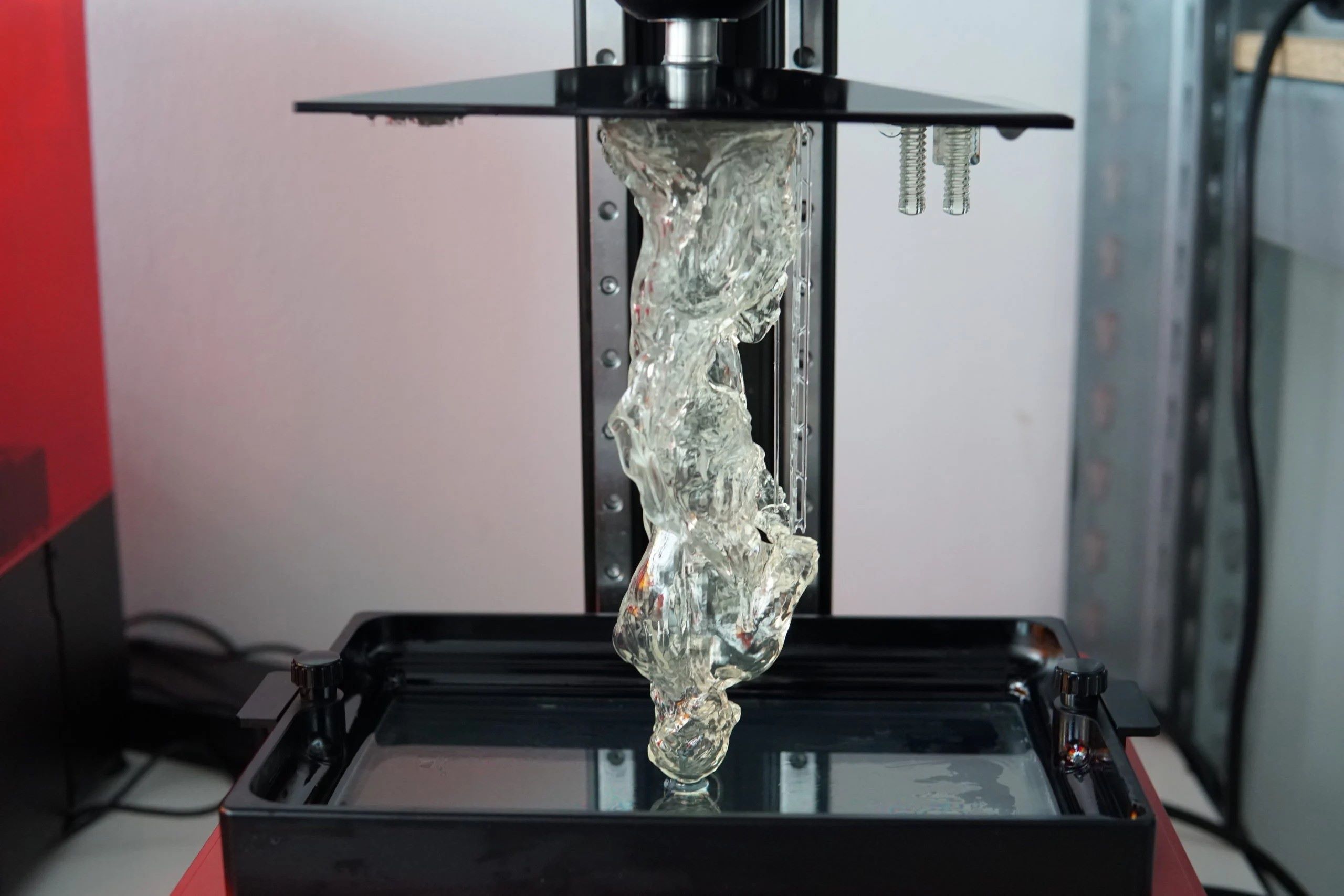
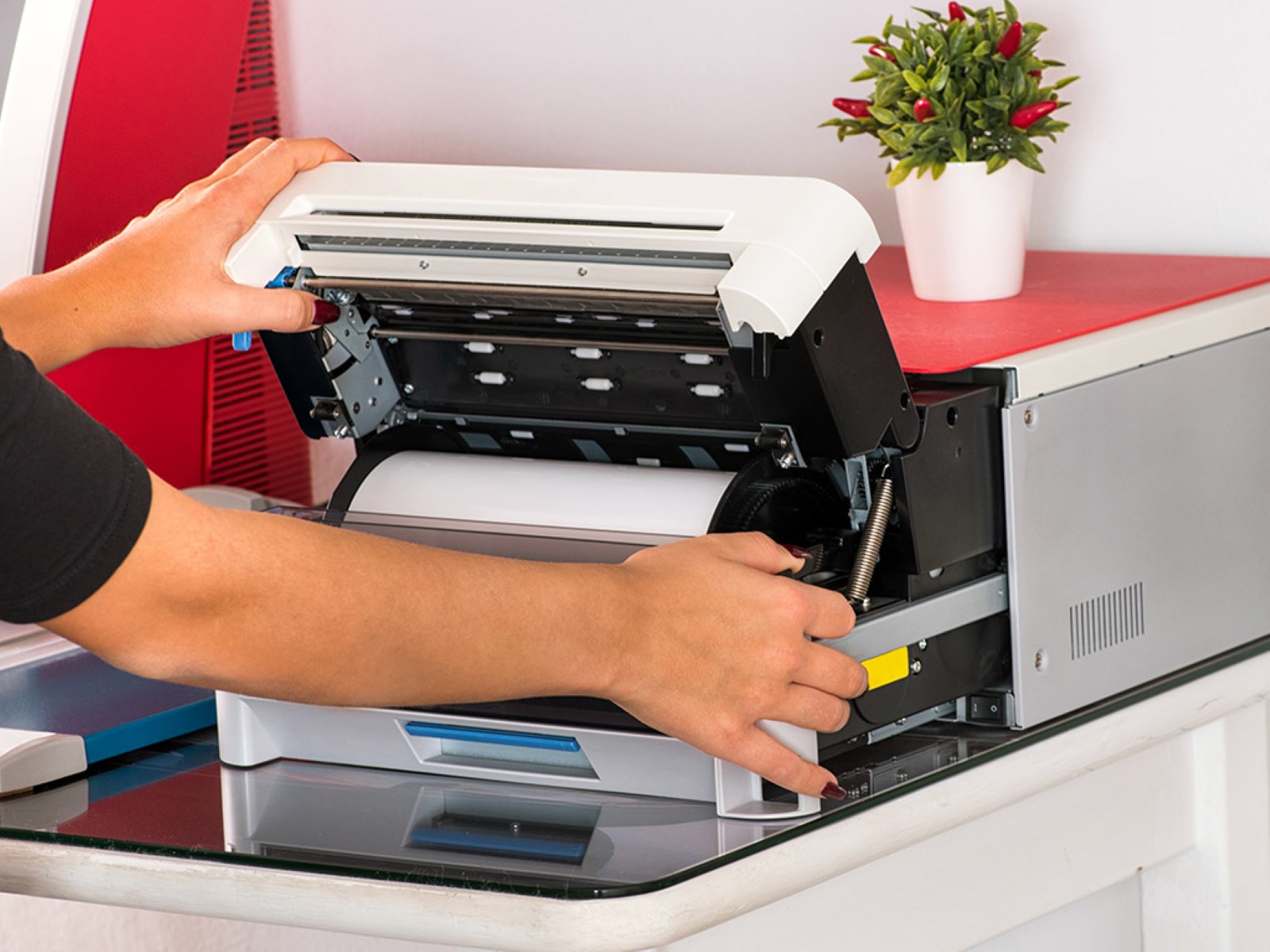
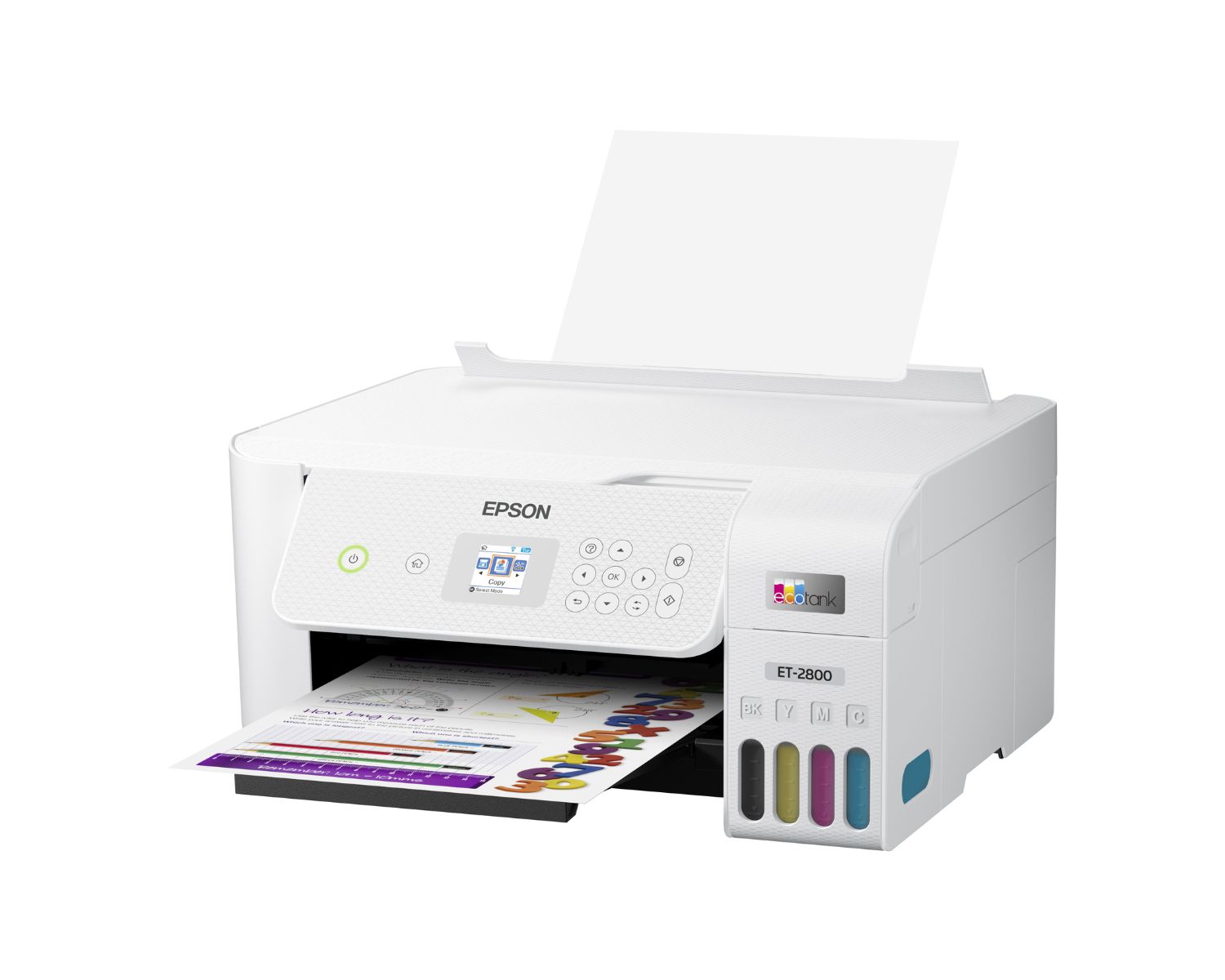
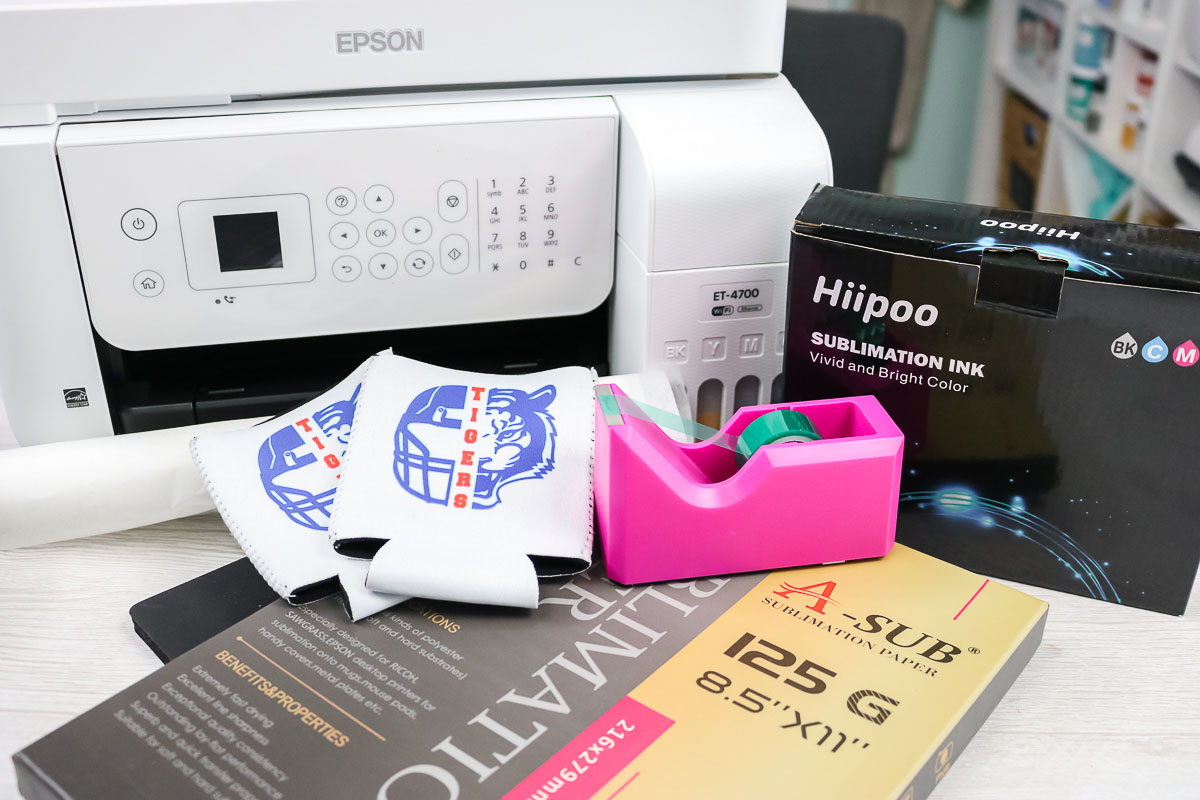
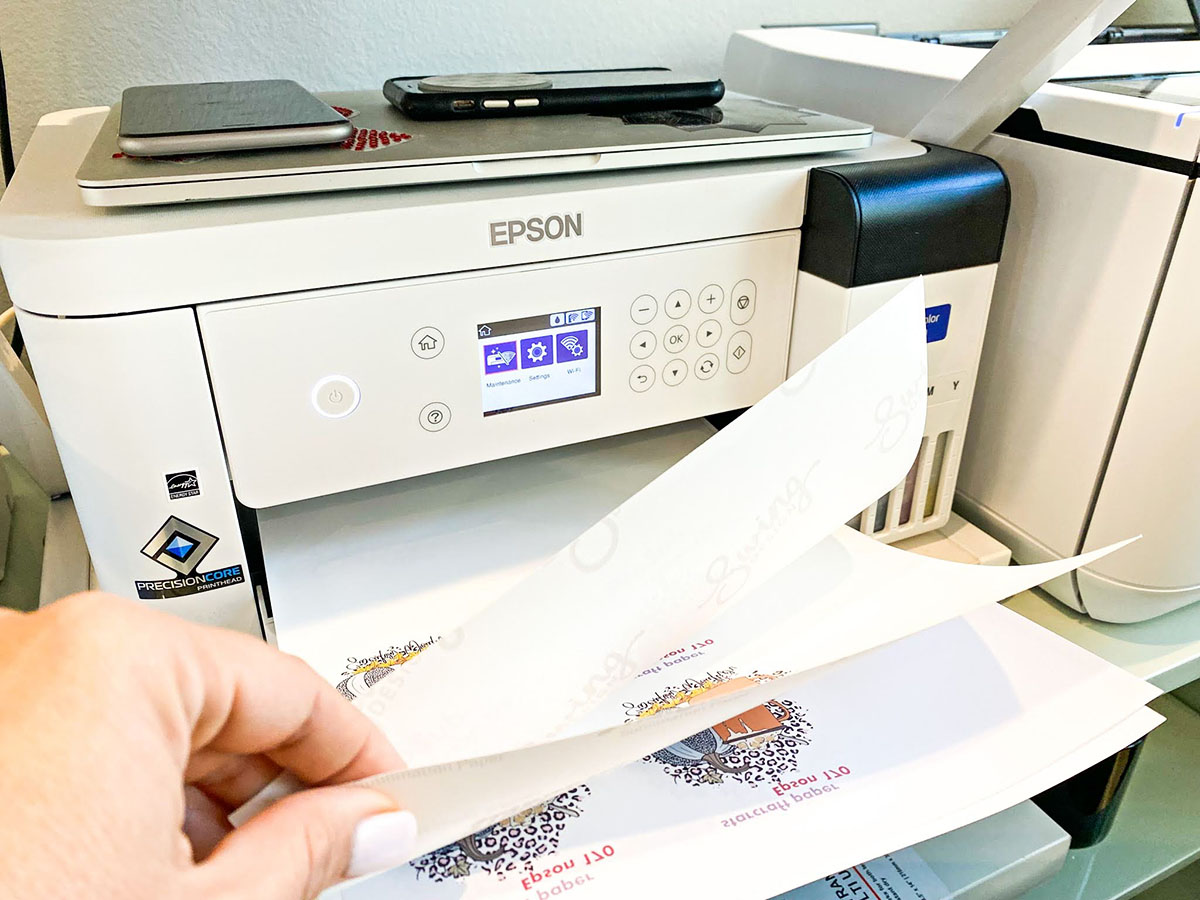
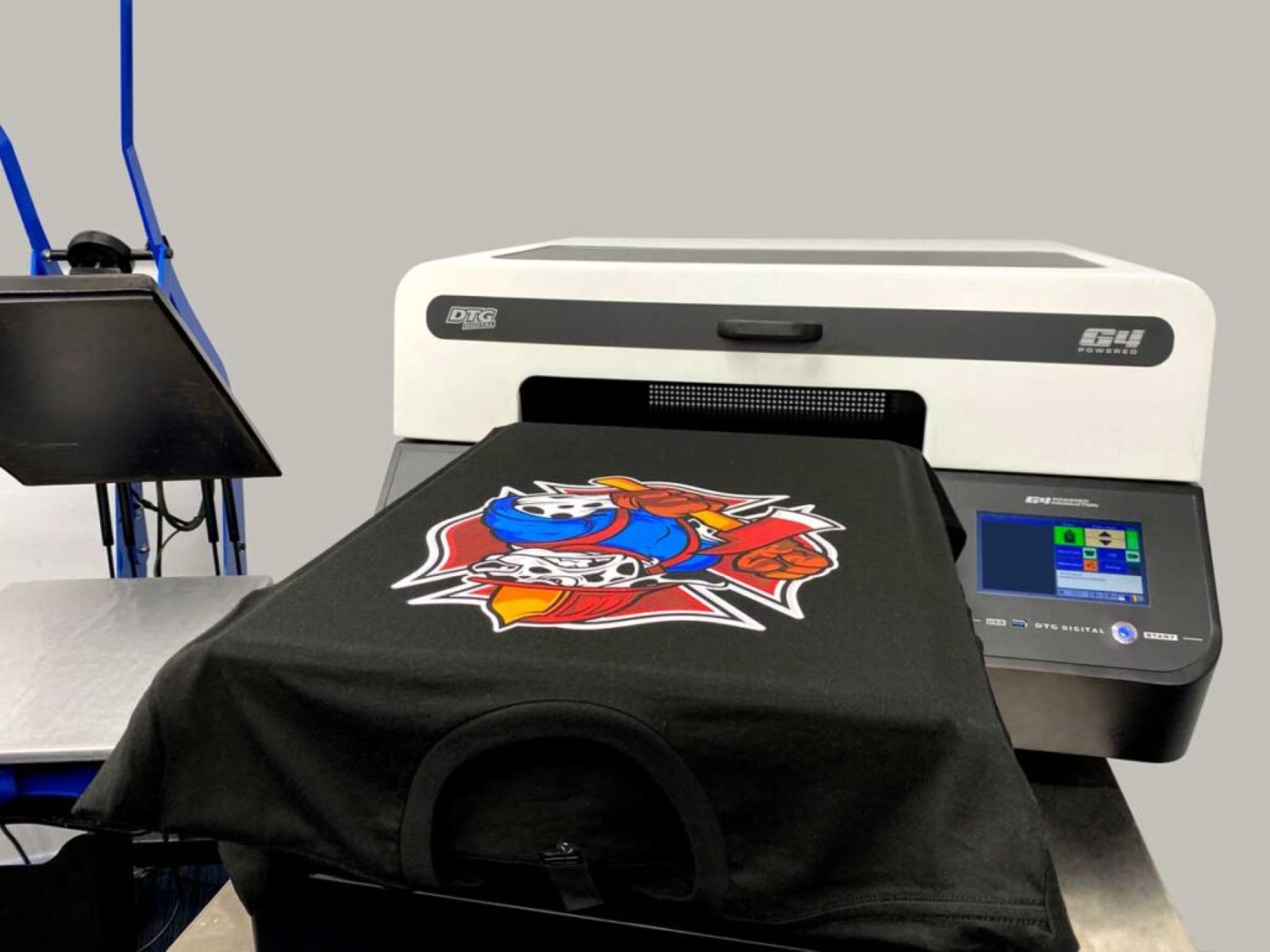
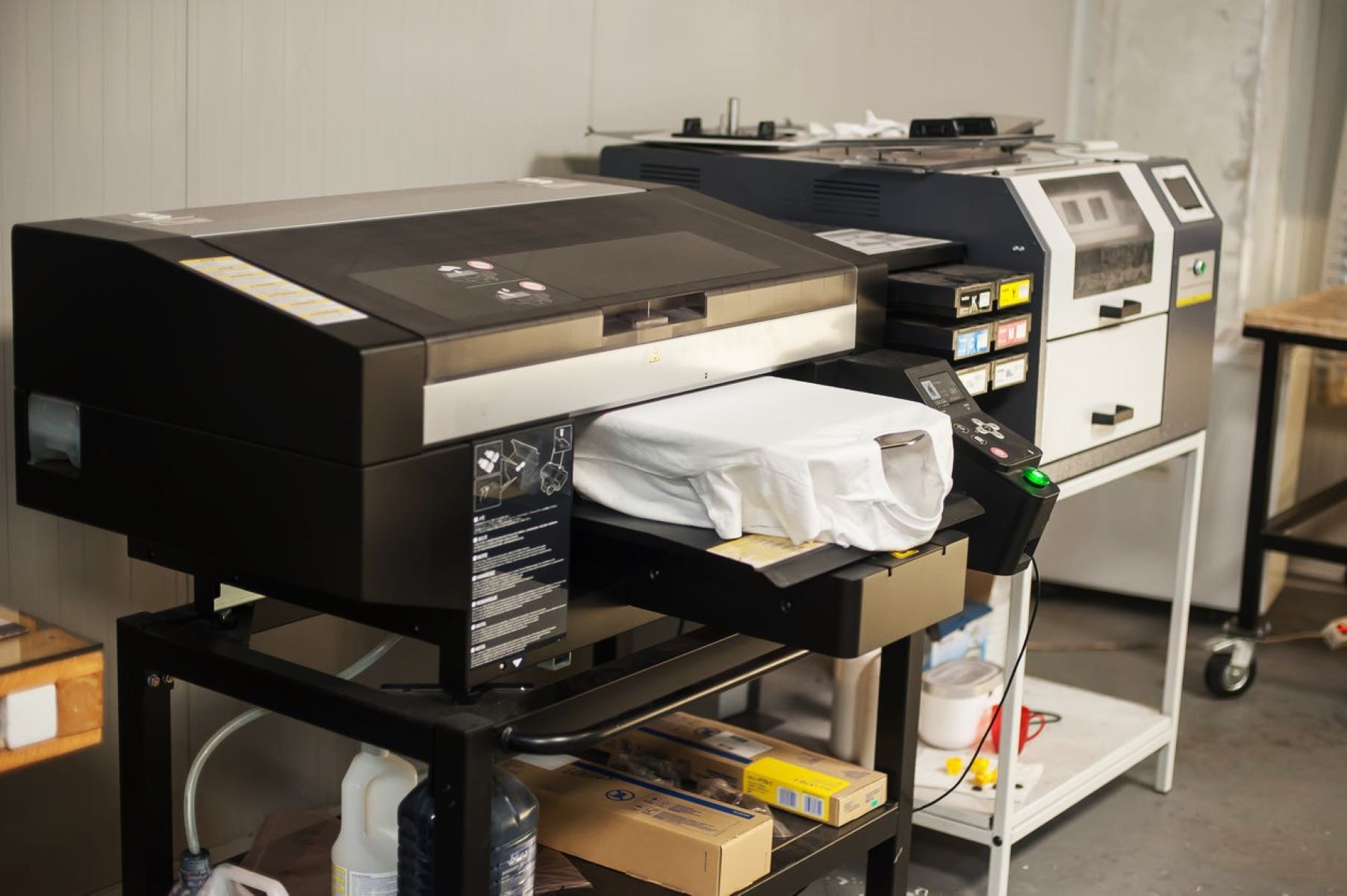
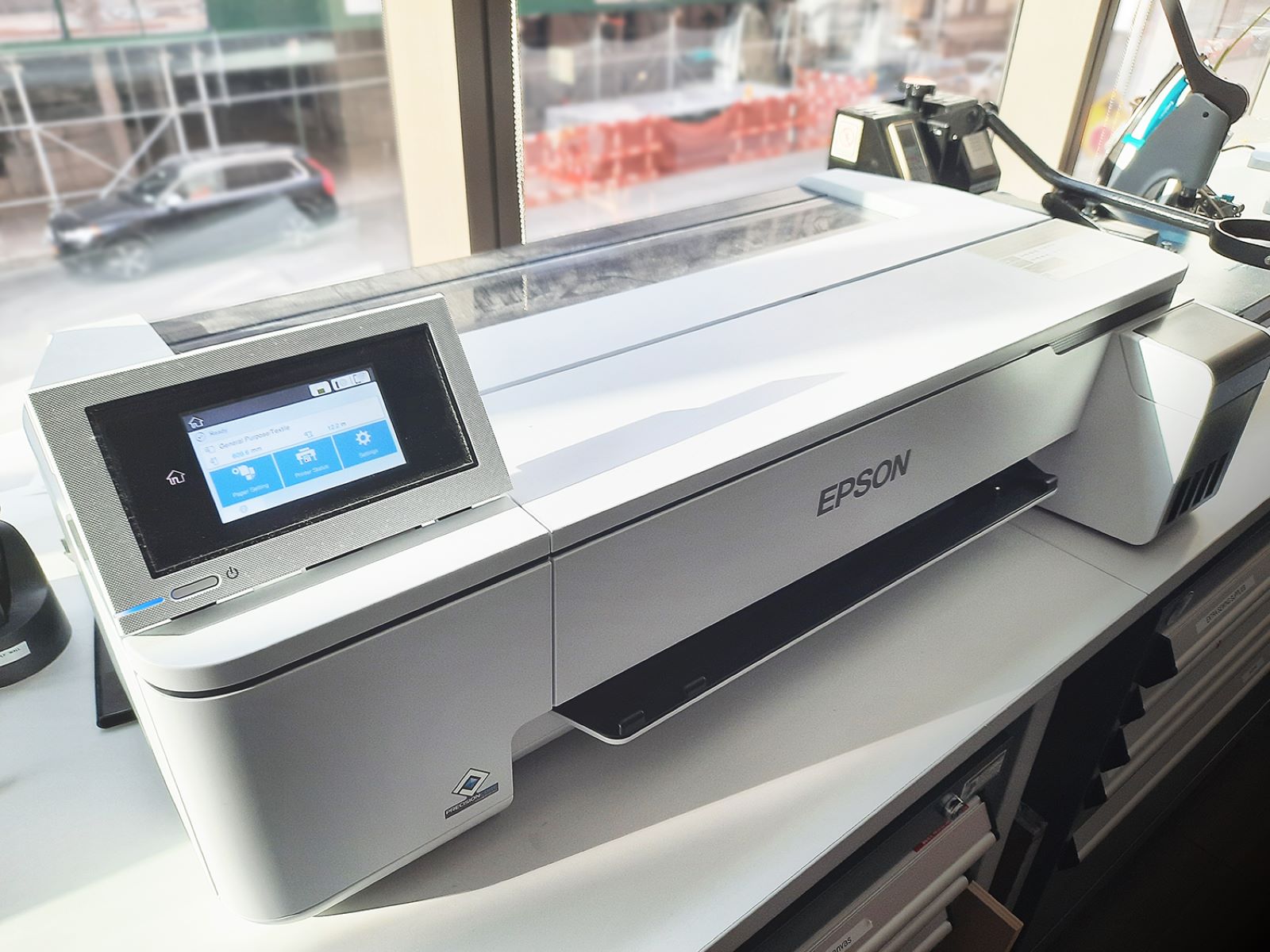
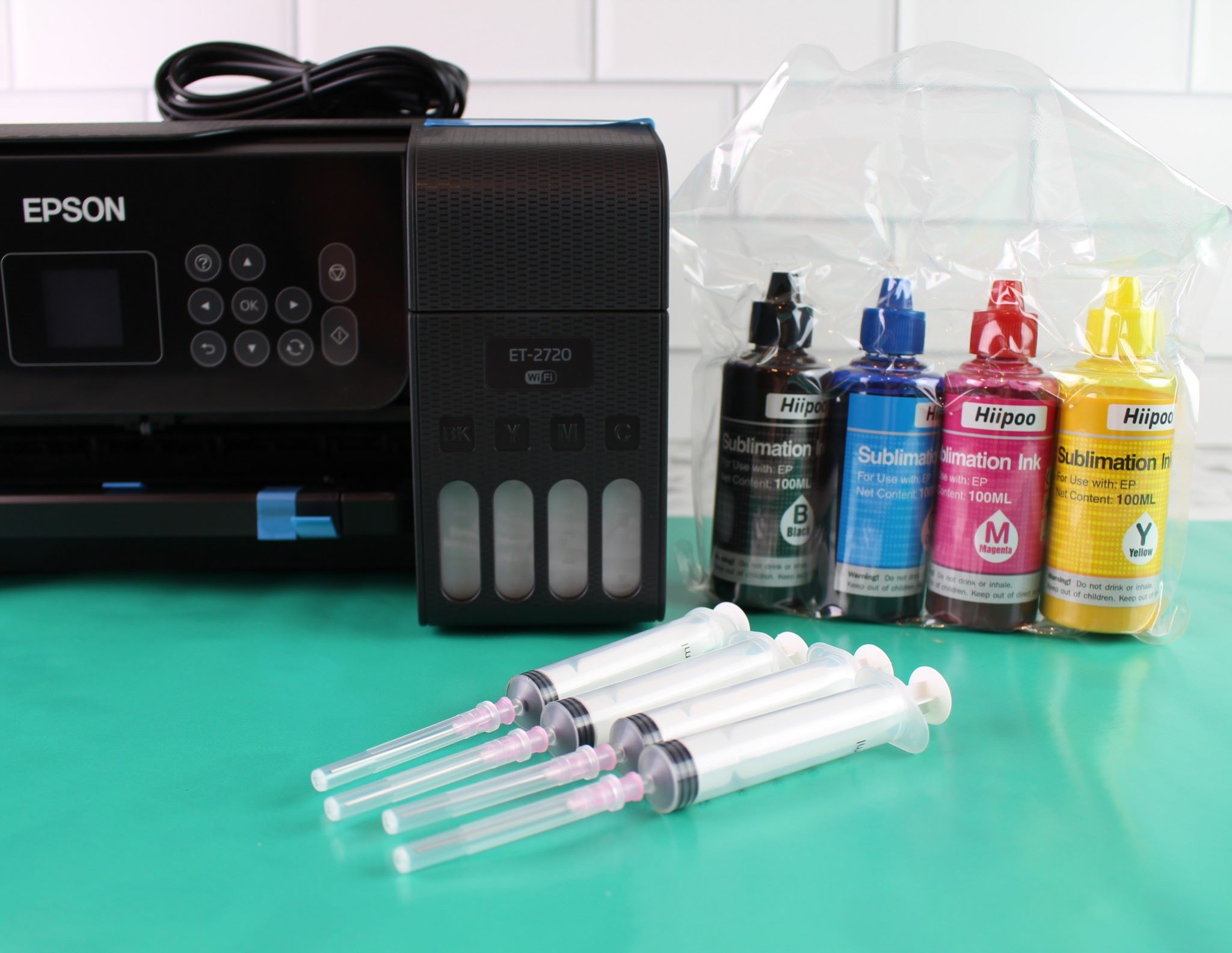


0 thoughts on “What Printer Do I Need For Sublimation”